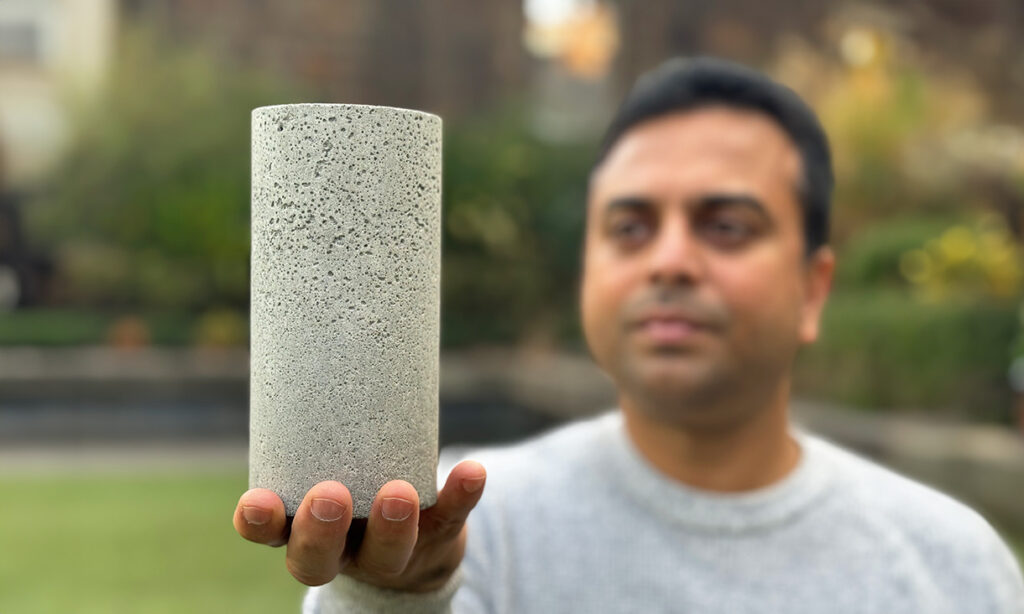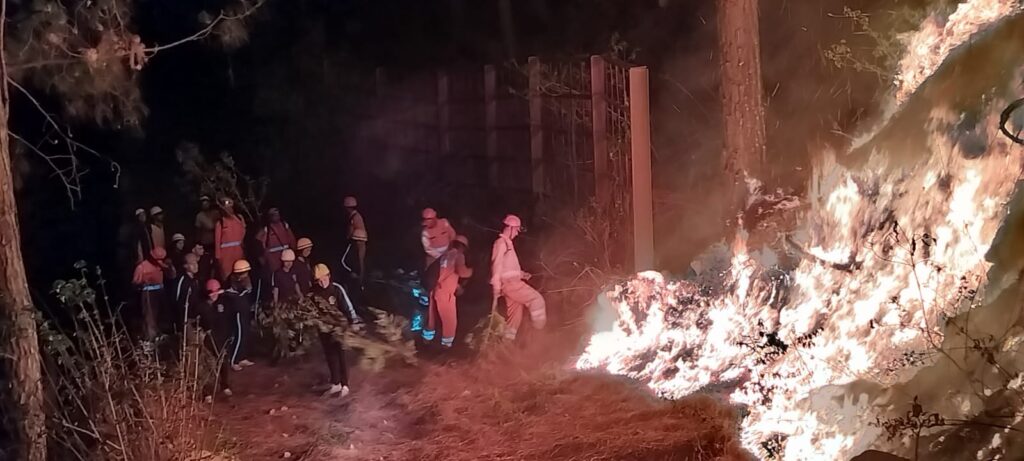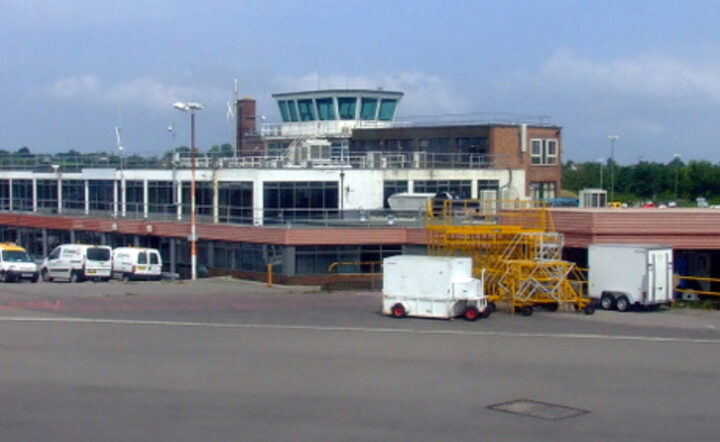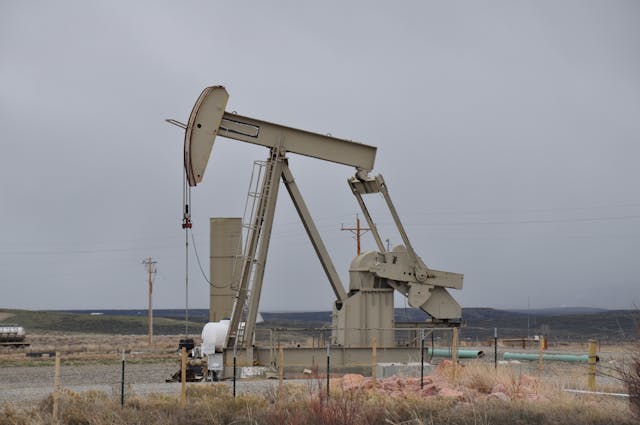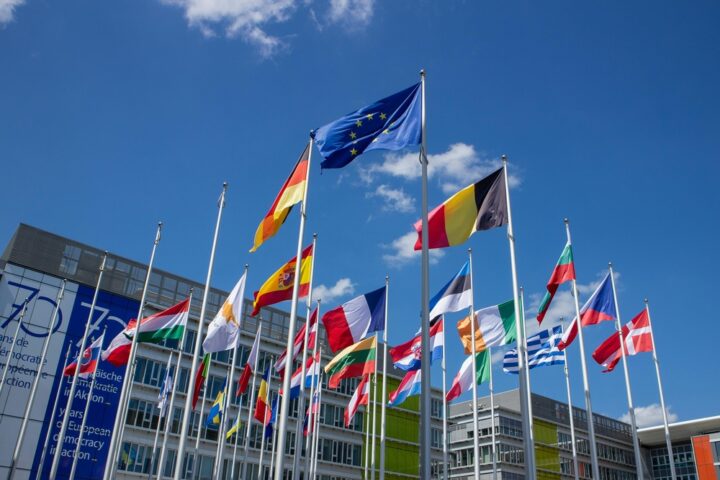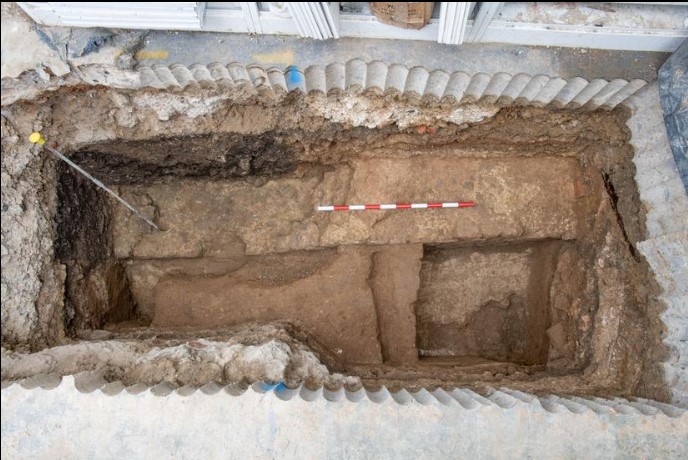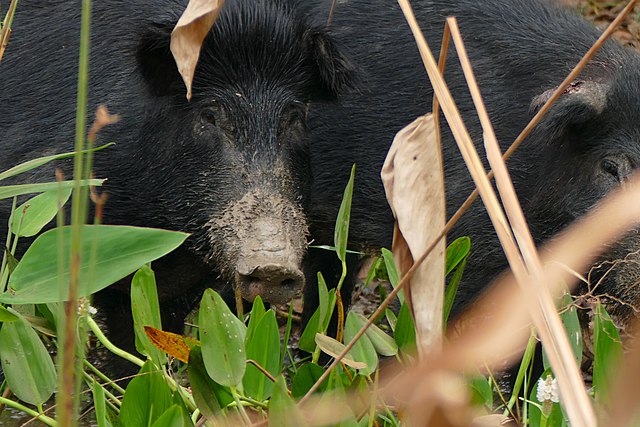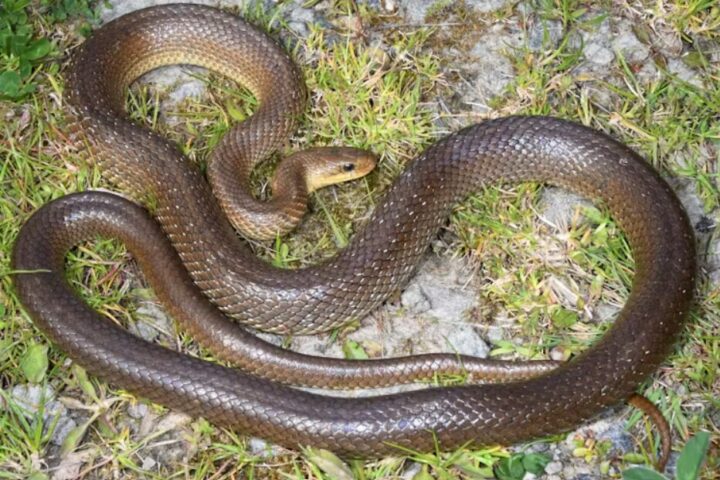Latin America is experiencing the worst dengue epidemic ever recorded in the history of the disease, with more than 8.2 million cases of people affected this year, according to data from the Pan American Health Organization.
Dengue cases reported to the WHO have multiplied by eight in the last two decades, rising from 500,000 in 2000 to over 5 million in 2019.
If we can limit global warming to just 1°C, we still expect an additional 2.4 billion people to be at risk of malaria and dengue by 2100 compared to the period from 1970-1999. However, continuing on our current path of high carbon emissions and rapid population growth, we could see twice as many people—4.7 billion—threatened by these diseases by century’s end.
The most impacted area is the Southern Cone, including Brazil, Argentina, and Paraguay. But there is already concern about the risk of the virus that causes mosquito-borne infection spreading more in countries such as the United States, Canada, or those in Europe during the northern summer.
The Centers for Disease Control and Prevention (CDC) in the United States have already recorded 1,025 autochthonous cases since the beginning of the year in three states. Cases have been reported in Puerto Rico, Florida, and the United States Virgin Islands. Last year, there were 1,206 cases throughout the year. Last October, health authorities in California reported the first case of locally transmitted dengue in Pasadena. Local transmission has also occurred in Arizona, Florida, Hawaii and the southern coast of Texas.
Colombian physician Alfonso Rodríguez-Morales, president of the Latin American Society of Travel Medicine (SLAMVI), stated that in the southern states of the United States, climatic conditions have already favored the presence of two mosquito species that can transmit the dengue virus, Aedes aegypti, and Aedes albopictus. He indicated that this represents a risk of autochthonous transmission of the virus if people arrive with the infection contracted in other countries. Dr. Tomás Orduna, from the board of the Pan American Association of Infectiology and also a scientific advisor to the Mundo Sano Foundation, remarked that there could be dengue outbreaks in the United States this summer, but they would likely be limited due to greater urban planning in the country, which facilitates control measures to prevent mosquito breeding sites.
On the other side, between June and August 2023, unprecedented heat waves occurred in Europe, where cases of locally transmitted dengue were observed in France, Italy, and Spain. In April of last year, Professor Rachel Lowe, who leads the global health resilience group at the Barcelona Supercomputing Center in Spain, presented research stating that global warming and urbanization could generate outbreaks of mosquito-borne diseases in the coming decades in currently unaffected areas of northern Europe, Asia, North America, and Australia. This was during the ESCMID World Congress (formerly ECCMID) in Barcelona. who leads the global health resilience group at the Barcelona Supercomputing Center in Spain, presented research stating that global warming and urbanization could generate outbreaks of mosquito-borne diseases in the coming decades in currently unaffected areas of northern Europe, Asia, North America, and Australia. This was during the ESCMID World Congress (formerly ECCMID) in Barcelona.
Similar Posts
“El Niño events that occur every 2-7 years cause hotter and wetter weather, providing ideal conditions for water-borne and mosquito-borne disease outbreaks, allowing disease-carrying insects like the Aedes aegypti and Aedes albopictus mosquitoes, which spread the viruses that cause Zika and dengue, to proliferate,” said Professor Rachel Lowe. There is also a risk that dengue will spread further in Europe through Aedes albopictus mosquitoes. “With climate change seeming so difficult to address, we can expect to see more cases and possibly deaths from diseases such as dengue and malaria across mainland Europe. We must anticipate outbreaks and move to intervene early to prevent diseases from happening in the first place,” Professor Rachel Lowe explained.
Rodríguez-Morales indicated that the Aedes albopictus mosquito is present in all three countries and there is a risk that more local cases may be reported this year in cities. He also mentioned that if temperatures continue to rise, Canada could potentially register viral circulation in the future.
Puerto Rico, a place where dengue outbreaks can occur in summer and autumn, declared a public health emergency at the end of March after the US territory was overwhelmed by dengue cases and more than 400 people were hospitalized. Gabriela Paz-Bailey, head of the dengue branch in the vector-borne disease division of the Centers for Disease Control and Prevention in Puerto Rico, commented that cases of dengue are now detected every year. “This is partly due to climate change,” she said.
The dengue fever, caused by four viruses, can infect a person four times over their lifetime. According to the CDC, only one in four people show symptoms the first time they are infected.
Although the United States has a vaccine against dengue, it is only approved for children aged 9 to 16 who live in areas where dengue is endemic, such as Puerto Rico, American Samoa, or the Virgin Islands.
The initial symptoms usually include fever and headache, fatigue, nausea, vomiting, a rash resembling measles, and very painful body aches.
Paz-Bailey stressed on the importance of staying in air-conditioned places, use of insect repellent, and wearing long sleeves and pants to avoid mosquito bites for people traveling to dengue-prone areas to.
At home, people can make their yards less attractive to mosquitoes by reducing the amount of standing water, especially after a rain event.
As per Dr. Albert Ko, a professor of epidemiology of microbial diseases at the Yale School of Public Health, mosquito nets can be helpful, but mosquitoes that transmit dengue usually bite during the day, so they may be less useful than for preventing other diseases transmitted by the same mosquitoes, such as malaria.
“It’s difficult to control the mosquito population, so we need to hit it with all we have and layer our strategies,” Gabriela Paz-Bailey explained. “No single strategy will be good enough.”
![An Ae. aegypti mosquito, one of the primary vectors for the transmission of dengue fever around the world, gets a blood meal from a host. (Photo by James Gathany, courtesy of Centers for Disease Control)[CC BY-SA 2.0 DEED]](https://www.karmactive.com/wp-content/uploads/2024/05/14954552817_3da445fe98_o-scaled.jpg)
